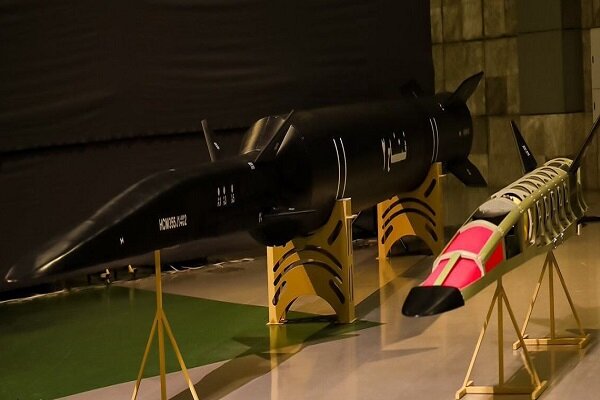Saudi Arabia Reportedly Intensifies Efforts to Acquire Hypersonic Missile Technology
Saudi Defense Minister Prince Khaled bin Salman Abdulaziz was quoted by Middle Eastern defense media as saying that the kingdom is exploring various options for its hypersonic missile development project, including potential collaboration with Moscow.
(DEFENCE SECURITY ASIA) – Saudi Arabia and its defense industry are reportedly intensifying efforts to acquire hypersonic missile technology to compete with its main regional rival, Iran.
Iran already possesses hypersonic missiles and recently employed them successfully in attacks against Israel.
Riyadh has reportedly initiated discussions with Russia to explore the acquisition of this advanced missile technology.
According to Middle Eastern defense media, Saudi Defense Minister Prince Khaled bin Salman Abdulaziz confirmed the kingdom is evaluating various options for its hypersonic missile development project, including potential collaboration with Moscow.
Reports indicate that Crown Prince Mohammed bin Salman also shares the ambition to acquire hypersonic technology and is keen to expand defense cooperation with Russia.

However, Riyadh is keeping its options open in case the partnership with Russia does not materialize, considering collaborations with other countries possessing hypersonic missile technology.
Currently, only the United States, Russia, North Korea, Iran, and China are known to have developed hypersonic missile capabilities.
Saudi Arabia finds itself lagging behind Iran, which introduced its hypersonic missiles last year, becoming the first Middle Eastern nation to possess such technology.
Iran’s hypersonic missiles, named “Fattah-1” and “Fattah-2,” were unveiled in 2023.
The first, “Fattah-1,” can travel at speeds of up to Mach 15, and Iranian officials claim it is impervious to interception by any existing air defense systems.

Painted in black, the missile reportedly has a range of 1,400 kilometers.
Regional military analysts warn that the development of the “Fattah-1” hypersonic missile has heightened concerns in the United States and Israel over Iran’s growing missile capabilities.
Iranian media state that “Fattah-1” hypersonic missile can cruise at Mach 15—equivalent to more than 5,000 meters per second—rendering it immune to advanced air defense systems in both the U.S. and Israel.
“Its maneuverability and flight path at varying altitudes make it impossible to intercept with other air defence missiles,” a senior official from Iran’s Revolutionary Guard Corps claimed.
In November 2023, Iran revealed an upgraded version called “Fattah-2,” capable of reaching speeds between Mach 15 and Mach 20.
It was also designed to evade all American and Israeli anti-ballistic missile defense systems.

The unveiling took place during a visit by Iran’s Supreme Leader, Ayatollah Ali Khamenei, to the Ashura Aerospace Science and Technology University, where these missiles are manufactured.
The “Fattah-2” is reportedly equipped with a Hypersonic Glide Vehicle (HGV) that ensures it reaches its maximum speed and extends its range beyond 1,400 kilometers.
Iranian authorities claim that this missile could strike targets in Israel within six to seven minutes.
With its HGV capabilities, the “Fattah-2” is expected to further reduce response times and has a minimal radar cross-section (RCS), making it difficult to detect.
Since 2022, Iran’s Revolutionary Guard has pursued the development of hypersonic missiles as part of a generational leap in the country’s missile technology.

The unveiling of the “Fattah-1” and “Fattah-2” missiles followed the launch of Iran’s fourth-generation ballistic missile, “Kheibar,” in May 2023.
The “Kheibar” missile has a range of 2,000 kilometers, capable of reaching targets in Israel, and can carry a conventional warhead weighing up to 1,500 kilograms.
Iranian military officials state that the missile can achieve speeds of Mach 15 outside the atmosphere and Mach 8 within it.
The introduction of these missiles has drawn criticism and condemnation from Western nations, particularly the United States and its ally, Israel. — DSA



Comments are closed.